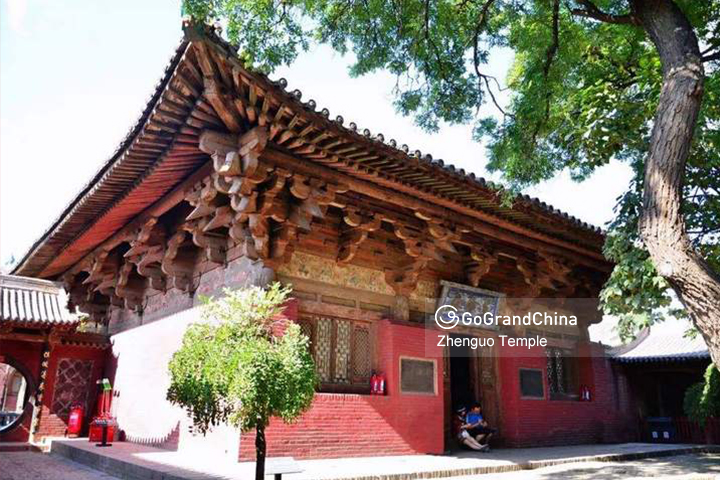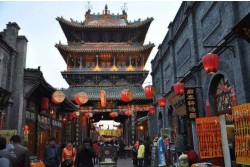

Introducing UNESCO World Heritage Sites in Taiyuan
Taiyuan & its surrounding areas have four cultural and natural places inscribed on the UNESCO World Heritage List as of 2020. The Ancient City of Pingyao, Shuanglin Temple and Zhenguo Temple were added to the World Heritage Sites in the name of the Ancient City of Ping Yao in 1997. Mount Wutai was inscribed on the UNESCO World Heritage List in 2009. If you happen to be in Taiyuan or anywhere else in Shanxi Province, be sure to drop by these amazing UNESCO World Heritage Sites near Taiyuan. Each of Taiyuan's UNESCO World Heritage Site has a tale to tell. Book GoGrandChina tour packages to learn the tales of Taiyuan's UNESCO World Heritage Sites at the most affordable prices.
Mount Wutai
With its five flat peaks, Mount Wutai is a sacred Buddhist mountain. The cultural landscape is home to forty-one monasteries and includes the East Main Hall of Foguang Temple, the highest surviving timber building of the Tang dynasty, with life-size clay sculptures. It also features the Ming dynasty Shuxiang Temple with a huge complex of 500 statues representing Buddhist stories woven into three-dimensional pictures of mountains and water. Overall, the buildings on the site catalogue the way in which Buddhist architecture developed and influenced palace building in China for over a millennium. Mount Wutai, literally, 'the five terrace mountain', is the highest in Northern China and is remarkable for its morphology of precipitous slopes with five open treeless peaks. Temples have been built on this site from the 1st century AD to the early 20th century. Get more about Mount Wutai.
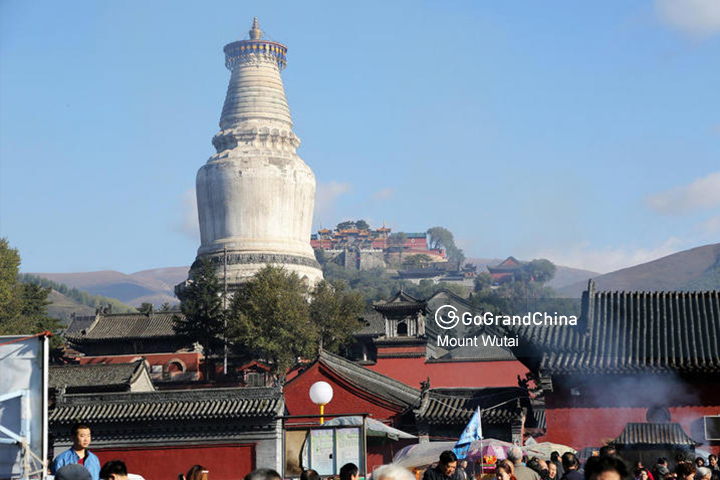
The Ancient City of Ping Yao
The Ancient City of Ping Yao is a well-preserved ancient county-level city in China. Located in Ping Yao County, central Shanxi Province, the property includes three parts: the entire area within the walls of Ping Yao, Shuanglin Temple 6 kilometers southwest of the county seat, and Zhenguo Temple 12 kilometers northeast of the county seat. The Ancient City of Ping Yao well retains the historic form of the county-level cities of the Han people in Central China from the 14th to 20th century. Get more about the Ancient City of Ping Yao.
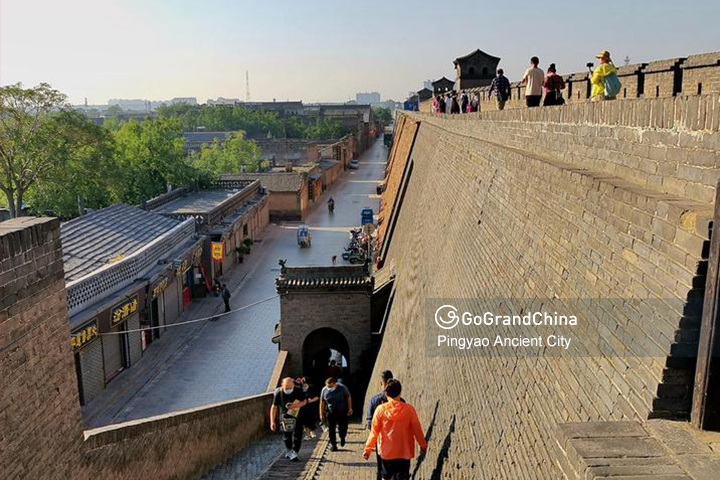
Shuanglin Temple
The Shuanglin Temple is among the many cultural monuments located in the Pingyao, which is a UNESCO World Heritage site inscribed in 1997. Founded in the 6th century, the temple is notable for its collection of more than 2,000 decorated clay statues that are dated to the 12th-19th centuries. It is nicknamed the museum of coloured sculptures. Most of them are dated to the period of the Song, Yuan, Ming and Qing dynasties. The themes depicted are generally religious in nature and relate to the daily life of people. They are considered among the finest examples of Chinese coloured sculptures. The number of coloured sculptures are reported to be 2,052, out of which 1,650 are reported to be extant. The height of the sculptures varies between 0.3–3.5 metres (1 ft 0 in–11 ft 6 in). The formats are of bas-relief, high relief and in circular form. There are also wall sculptures and a few are suspended. Buddha, Bodhisattva, Warrior Guards, Arhat, heavenly generals and also common people are the sculptural themes. The background scenes depict towers, buildings, mountains, rivers, clouds, rocks, grasses, flowers, forested trees, and woodlands. The sculptures are displayed behind caged chambers in a tableaux form. Get more about Shuanglin Temple.
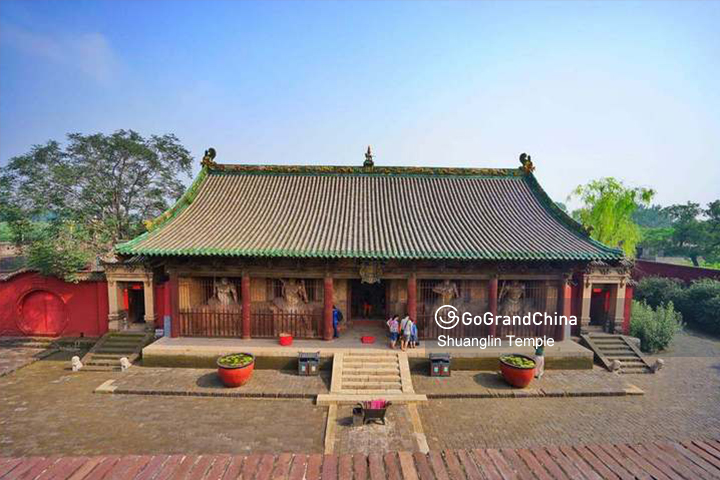
Zhenguo Temple
Zhenguo Temple is a Buddhist temple located 10 km from Pingyao in the village of Hadongcun. The temple's oldest hall, the Wanfo Hall, was built in 963 during the Northern Han dynasty, and is notable for featuring very large brackets that hold up the roof and flying eaves. The sculptures inside the hall are among the only examples of 10th century Buddhist sculpture in China. The history of the temple begins in 963, when it was recorded that Ten-Thousand Buddha Hall was built. The date is written on a beam in the hall, and is also the date given by a local history of Pingyao county written in the 19th century. A stela written in 1819 also confirms this date. Wanfo Hall (Ten-Thousand Buddha Hall) is the oldest building at Zhenguo temple, and is the only surviving building that dates from the short-lived Northern Han dynasty. Although little is known of the temple's history, stelae record that it was renovated in 1540 and in 1816. Get more about Zhenguo Temple.
